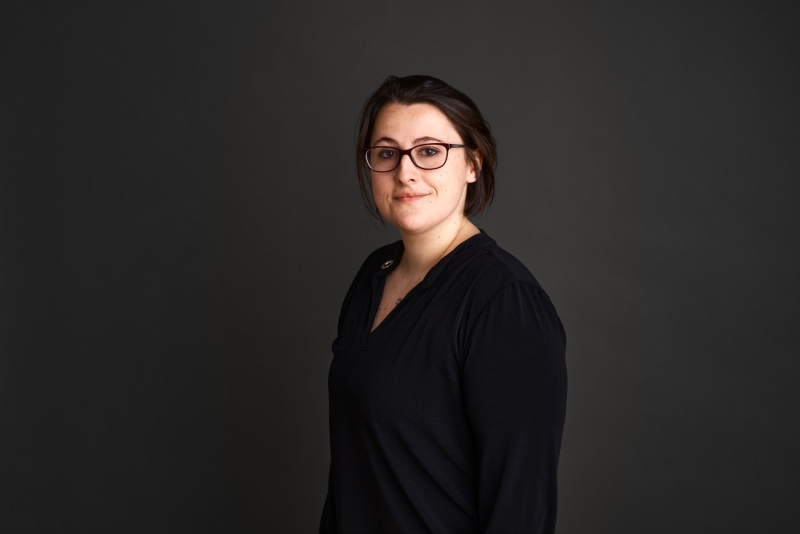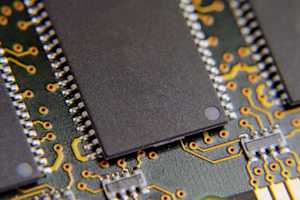Charlotte Zborowski
PhD, Material Science
Inorganic Materials & Semiconductors

Charlotte Zborowski works at Measurlabs as an inorganic materials testing expert. She has extensive experience in both academia and industry, having previously worked in material characterization at large microelectronic companies in France and Belgium and research at Danish and Finnish universities.
Charlotte received her PhD in 2018 from the University of Southern Denmark and the University of Lyon with a thesis focusing on the characterization of deeply buried interfaces by hard X-ray photoelectron spectroscopy. In addition to XPS, Charlotte specializes in semiconductor and microelectronic device testing with electron microscopy techniques. She enjoys the challenge of finding the most suitable method for even the trickiest testing needs.
Academic publications
Charlotte has co-authored 38 academic publications, many of them focusing on material characterization with high-energy XPS. Some examples include:
High energy x-ray photoelectron spectroscopy (HAXPES) Cr Kα measurement of bulk bismuth in Surface Science Spectra
Reference survey spectra of elemental solid measured with Cr Kα photons as a tool for Quases analysis (1): Transition metals period 4 elements (Sc, Ti, V, Cr, Mn, Fe, Co, Ni, Cu, Zn) in Surface Science Spectra
Improved depth information from routine analysis of the inelastic background of XPS and HAXPES spectra using optimized two- and three-parameter cross-sections in Surface and Interface Analysis
Charlotte’s latest articles in our blog
Surface roughness measurement of thin films: technique comparison
Several techniques, including AFM, XRR, and profilometry, can be used to obtain information on the roughness of thin films and semiconductor devices.
Keep reading >

Semiconductor failure analysis: techniques and applications
Advanced techniques, such as cross-sectional SEM and TEM, SAM, and FTIR, can be used to complement routine checks in semiconductor failure analysis.
Keep reading >

Thin film depth profiling: guide to method selection
Choosing the most appropriate thin film depth profiling technique is key to obtaining all the required information at optimal sensitivity.
Keep reading >

